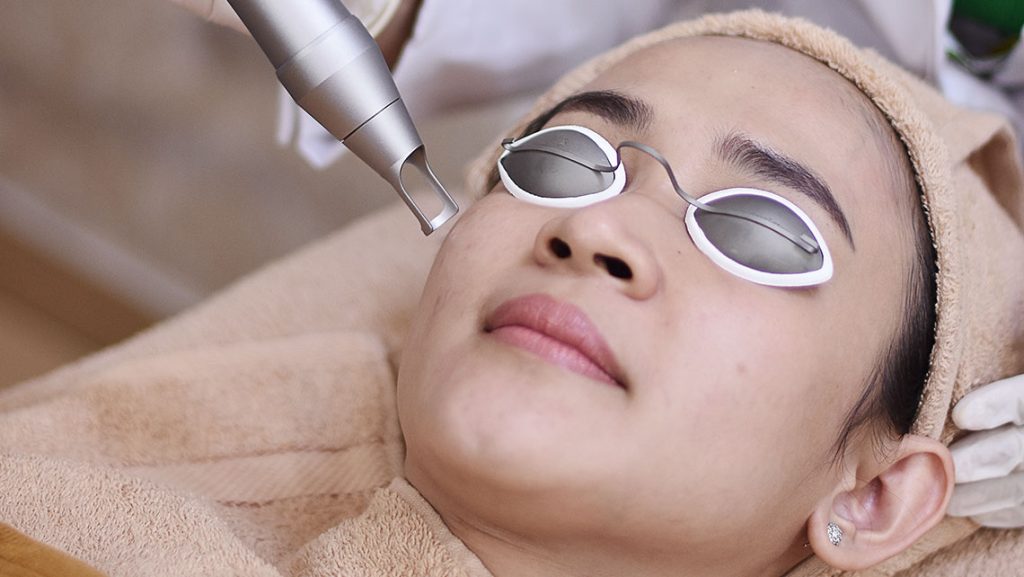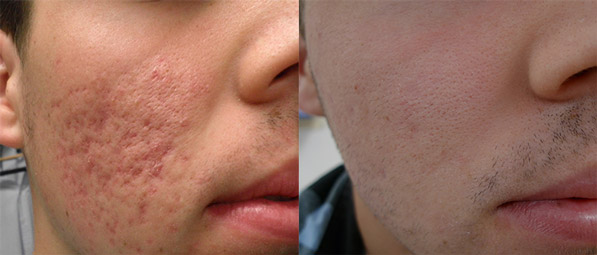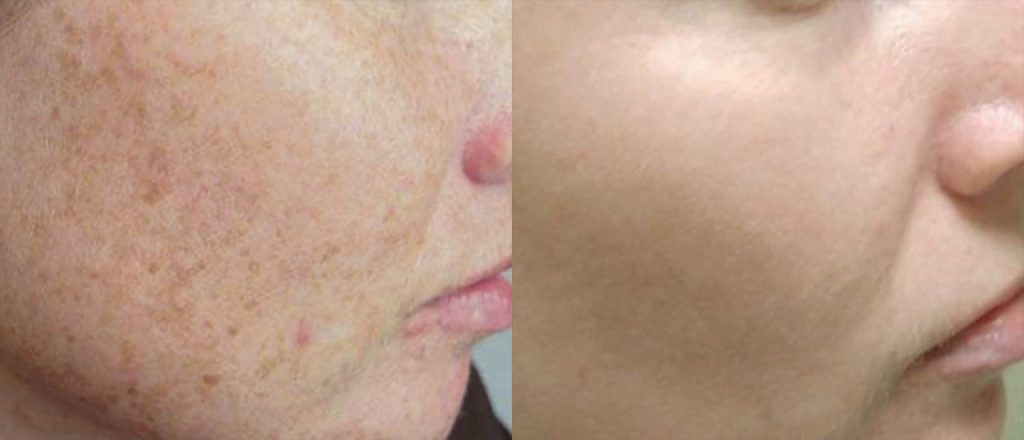Fractional CO2 Laser Skin Resurfacing

What is Fractional CO2 Laser?
Fractional CO2 Laser, a type of laser, is a laser application for correction of facial and neck wrinkles, non-surgical facelift and non-surgical facial rejuvenation procedures. Fractional CO2 laser skin resurfacing is treated with acne acne scars, skin spots, scar and surgery scars, skin cracks as well. Fractional CO2 Laser treatments can be applied to deeper tissues with a wavelength of 10650 nm according to other lasers.
What are the differences between fractional CO2 Laser and the other laser types?
Because of conventional CO2 lasers do not have any fractional function, a laser beam is applied to the entire skin. Therefore, the healing period of the skin lasts for long.
Treatment with fractional function has been made more comfortable and successful, and the recovery time is very short.
In new tissues, connective tissue synthesis such as collagen and elastin is increased. This allows the skin to stretch and rejuvenate. It is important to create Microtermal treatment and a homogenous healing tissue without destroying the applied tissues. Through fractional function its recovery time compared to classic lasers is better.
How does the Fractional CO2 laser treat the skin?
CO2 laser beams interact with water molecules in the tissue and the tissues are evaporated in columns of 120 micron diameter. At the same time, the collagen in the tissue is shortened, and the vaporized tissues are rapidly introduced into the healing process by the intact tissue islets.
How is Fractional CO2 Laser Application?
Before application, skin cleansing is performed and local anesthetic cream is applied. The laser process takes 20-30 minutes on average for the entire face.
When does the fractional CO2 laser effect show its effect?
Fractional CO2 laser treatment after 1 day of flushing, 4-5 days of small crusting is seen. When the shells fall out, a pink and new skin comes out from the bottom.
How many sessions of Fractional CO2 Laser application is made?
The number of applications is 1-2 sessions in light wrinkles and 3-4 sessions in deep wrinkles. The number of sessions of deep acne scars with superficial acne scars is different. Skin stains can be removed in one session or 2 or 3 sessions may be required. The sessions are repeated every 1-1.5 months.
CO2 Laser Before & After


